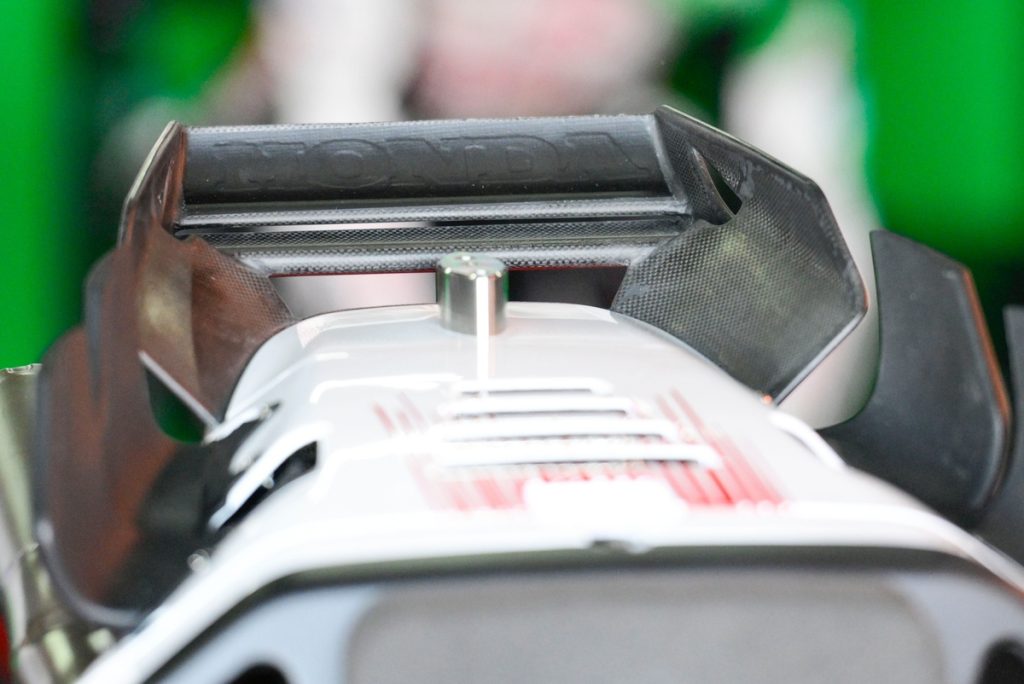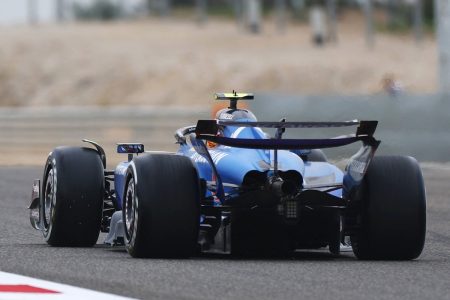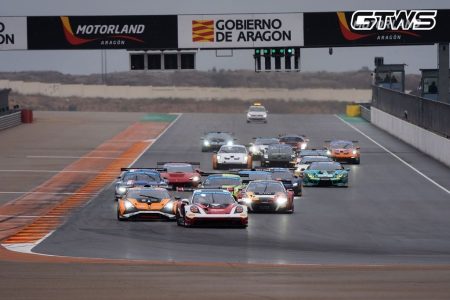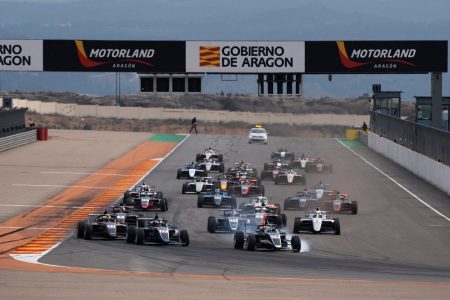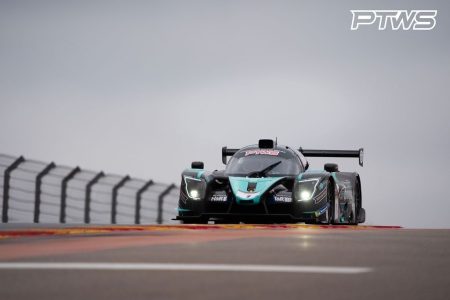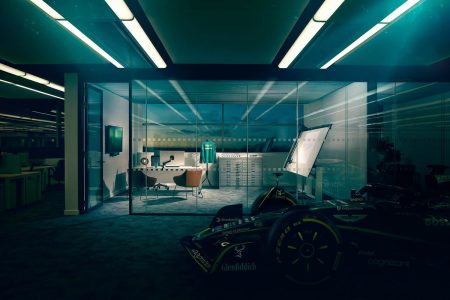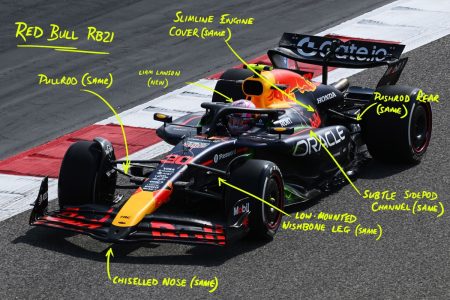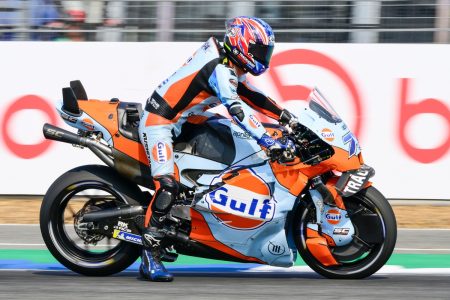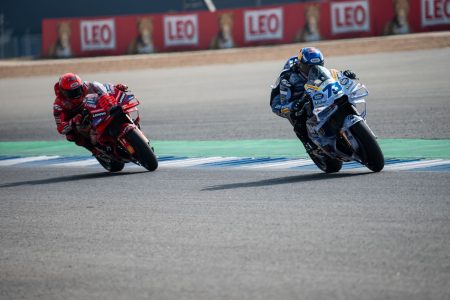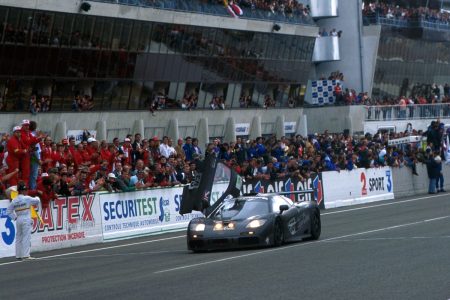Honda’s Aero Innovations in Buriram
Honda has been on a quest to revamp its struggling MotoGP bike, the RC213V, and the recent testing in Buriram has unveiled some intriguing developments. One of the most notable innovations was the new rear section tested by Johann Zarco, the team’s top points scorer for 2024, on his Castrol-sponsored bike. This upgrade, which builds on the design first seen in Sepang, introduces wings and a rear spoiler. The image from the Buriram pitlane highlights two vertical flaps that offset each other, creating an airflow system that channels air inward, enhancing the rear wing’s efficiency.
Evolving Design for Performance
The cantilevered upper profile, known as the ‘flap tower,’ which was prominent in Malaysia, has been discarded to optimize the tail’s performance. This design change aims to generate more downforce while simultaneously reducing drag. In Sepang, Honda was notably 7km/h slower than Ducati in top speed, a significant deficit that the team’s engineers are keen to address. While the Honda engine is acknowledged to be less powerful compared to its rivals, there are other areas where the team can seek performance gains.
Aerodynamic Details and Rider Feedback
An interesting aspect of the new design is how the lateral bulkheads of the rear wing are bent inward towards the tail, channeling airflow from the outside to the inside of the bike. This design detail underscores Honda’s focus on fine-tuning aerodynamics to improve overall performance. In addition to Zarco, other riders have been testing new parts, with the team distributing development tasks across its four bikes in Thailand. This approach allows Honda to gather as much data as possible before the season kicks off in early March.
Performance Analysis and Challenges
HRC rider Luca Marini finished sixth fastest in Buriram, closely followed by Zarco in seventh. Zarco expressed satisfaction with the bike’s performance on new tyres, noting, “I’m so satisfied with this last half an hour when I put a new tyre on and the things were working. I know I can be fast, so it’s good to confirm it.” However, he also highlighted the challenges in maintaining consistent pace, attributing it to the changing behavior of the rear tyre and the bike’s response.
Steady Progress and Future Goals
Zarco acknowledged the progress made, stating, “I think we made it [a step forward] because even Marini was quite fast today and when we need to do a lap time it seems we are more competitive than last year. So this is a step. But then we always want more. We will have to see for the race distance.” While the team has taken a positive step, the goal remains to close the gap to the frontrunners and achieve competitive race distance performance.
Looking Ahead
The ongoing tests in Buriram and the innovative approaches to aerodynamic design are crucial for Honda as it looks to regain its competitive edge in MotoGP. The team’s focus on gathering data and refining various parts of the bike demonstrates a committed and methodical approach to improvement. As the season approaches, Honda’s efforts are likely to yield valuable insights and potentially significant performance gains, setting the stage for a more competitive 2024 campaign.

